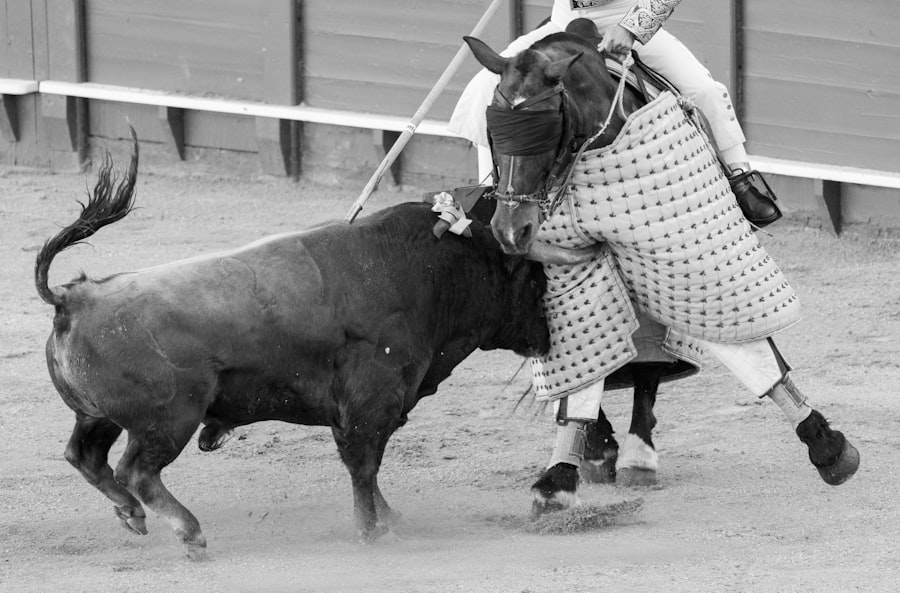Bharatanatyam, one of the oldest classical dance forms of India, has its roots deeply embedded in the temples of Tamil Nadu, where it was originally performed as a form of worship. The dance is believed to have originated over 2,000 years ago, with references found in ancient texts such as the Natya Shastra, a comprehensive treatise on performing arts attributed to the sage Bharata Muni. This text outlines the principles of dance, drama, and music, establishing a framework that would influence various Indian art forms.
Bharatanatyam was initially known as “Sadir,” performed by Devadasis—women dedicated to temple service—who used dance as a means to express devotion and narrate stories from Hindu mythology. The dance form was characterized by its intricate footwork, expressive hand gestures (mudras), and facial expressions (abhinaya), which together conveyed a range of emotions and narratives. The performances were often held in temple courtyards, where the dancers would engage with the divine through their art.
The spiritual aspect of Bharatanatyam is paramount; it is not merely a performance but a form of worship that seeks to connect the dancer with the divine. Over centuries, Bharatanatyam evolved from its sacred origins into a more theatrical presentation, yet it retained its spiritual essence, making it a unique blend of devotion and artistry.
The Traditional Elements of Bharatanatyam
At the heart of Bharatanatyam lies a rich tapestry of traditional elements that define its structure and aesthetic. The dance is typically divided into several segments, each serving a distinct purpose and showcasing different aspects of the dancer’s skill. The performance begins with an “Alarippu,” a pure dance sequence that serves as an invocation to the deities.
This segment emphasizes rhythmic footwork and intricate body movements, setting the stage for the more expressive portions that follow. Following the Alarippu, the “Jatiswaram” showcases the dancer’s technical prowess through rhythmic patterns and melodic variations. This segment is devoid of narrative content but focuses on the beauty of movement and rhythm.
The “Varnam,” often considered the centerpiece of a Bharatanatyam performance, combines both nritta (pure dance) and abhinaya (expressive dance). In this segment, dancers narrate stories through intricate gestures and facial expressions, often depicting themes from Hindu mythology or exploring human emotions. The final segments, such as “Tillana” and “Shloka,” bring the performance to a climactic conclusion, celebrating the dancer’s skill while invoking blessings.
The Evolution of Bharatanatyam in Contemporary Times

The 20th century marked a significant turning point for Bharatanatyam as it transitioned from temple performances to concert stages. This evolution was largely influenced by key figures such as Rukmini Devi Arundale, who played a pivotal role in reviving and reinterpreting the dance form. Rukmini Devi sought to elevate Bharatanatyam from its association with the Devadasi system, which had become stigmatized due to colonial attitudes towards sexuality and morality.
She redefined Bharatanatyam as a respectable art form suitable for public performance, emphasizing its cultural significance and aesthetic beauty. As Bharatanatyam gained popularity beyond its traditional confines, it began to incorporate elements from other dance forms and modern theatrical practices. Contemporary choreographers have experimented with themes, narratives, and styles, infusing Bharatanatyam with new life while maintaining its core principles.
This blending of tradition and innovation has led to diverse interpretations of Bharatanatyam, allowing it to resonate with younger audiences and adapt to changing cultural contexts. Today, Bharatanatyam is performed not only in India but also on international stages, showcasing its global appeal and versatility.
The Influence of Bharatanatyam on Modern Dance
| Aspect | Description |
|---|---|
| Origin | Bharatanatyam originated in the temples of Tamil Nadu, India, and is one of the oldest classical dance forms in the country. |
| Movements | Bharatanatyam is characterized by intricate footwork, hand gestures, facial expressions, and body movements that convey emotions and tell stories. |
| Influence | Bharatanatyam has influenced modern dance forms by introducing new movements, expressions, and storytelling techniques. |
| Costumes | The traditional Bharatanatyam costume consists of a saree, jewelry, and bells around the ankles, which have also inspired modern dance costumes. |
| Rhythm | Bharatanatyam is known for its complex rhythmic patterns, which have been incorporated into modern dance choreography. |
Bharatanatyam’s impact extends beyond its own tradition; it has significantly influenced various modern dance forms both within India and globally. The intricate footwork, expressive hand gestures, and emotive storytelling have inspired contemporary choreographers to explore new dimensions in their work. For instance, many modern Indian dance companies have integrated Bharatanatyam techniques into their choreography, creating hybrid forms that blend classical and contemporary styles.
Moreover, Bharatanatyam has found its way into Western dance circles, where artists have drawn inspiration from its aesthetics and techniques. Choreographers like Martha Graham and Alvin Ailey have acknowledged the influence of Indian classical dance on their work, incorporating elements of Bharatanatyam into their performances. This cross-cultural exchange has enriched the global dance landscape, fostering a dialogue between traditional and modern forms that continues to evolve.
The Role of Music and Costumes in Bharatanatyam
Music plays an integral role in Bharatanatyam, serving as both an accompaniment and a narrative device. Traditionally, live musicians perform during the dance, using instruments such as the mridangam (a percussion instrument), flute, violin, and veena (a string instrument). The music is composed in various ragas (melodic frameworks) that evoke specific emotions and moods, enhancing the dancer’s expression.
The interplay between music and movement is crucial; each gesture is intricately timed with the rhythm and melody, creating a harmonious experience for the audience. Costumes are another vital aspect of Bharatanatyam that contribute to its visual splendor. Dancers typically wear a traditional sari or costume made from silk or cotton, adorned with intricate embroidery and embellishments.
The attire is designed to facilitate movement while accentuating the dancer’s lines and postures. Additionally, jewelry plays a significant role in enhancing the overall aesthetic; dancers adorn themselves with elaborate necklaces, earrings, and headpieces that reflect traditional designs. The vibrant colors and intricate patterns of the costumes not only add to the visual appeal but also symbolize various cultural narratives associated with the dance form.
Exploring the Future of Bharatanatyam

The Challenges of Evolution
With globalization and technological advancements reshaping cultural landscapes, Bharatanatyam faces both challenges and opportunities. On one hand, there is a risk of dilution as traditional practices may be overshadowed by contemporary interpretations.
New Avenues for Bharatanatyam Artists
The rise of digital platforms has opened new avenues for Bharatanatyam artists to reach global audiences. Online performances, virtual workshops, and social media engagement allow dancers to share their art beyond geographical boundaries. This digital presence can foster a sense of community among practitioners and enthusiasts worldwide while preserving traditional elements through innovative means.
A Bright Future for Bharatanatyam
Furthermore, collaborations with artists from different disciplines—such as theater, visual arts, and even technology—can lead to exciting new interpretations that keep Bharatanatyam relevant in contemporary discourse. In conclusion, Bharatanatyam stands at a crossroads where tradition meets innovation. As artists continue to explore new themes and styles while honoring their roots, this classical dance form is poised to thrive in the 21st century. Its ability to adapt while retaining its core values will ensure that Bharatanatyam remains not only a cherished cultural heritage but also a dynamic expression of human creativity for generations to come.


















